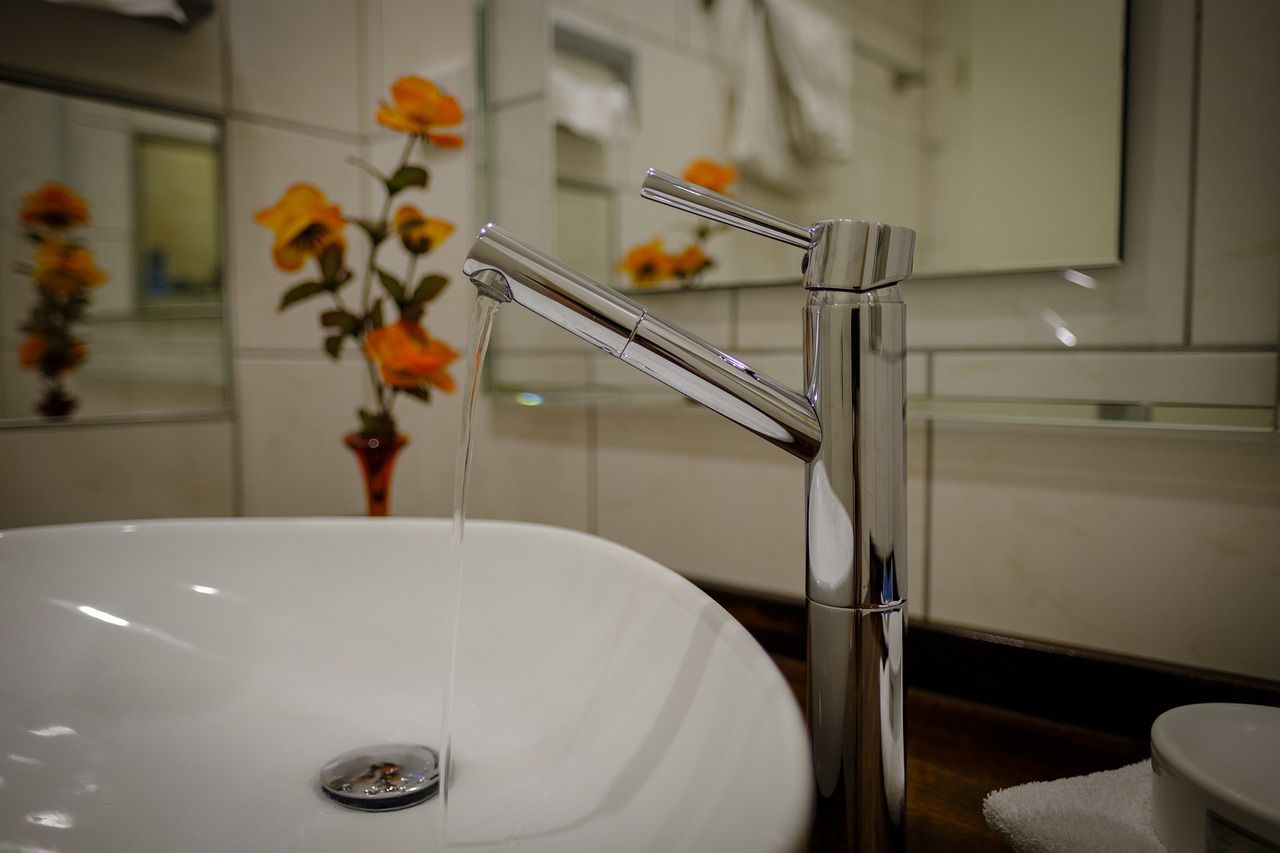If you want your house to be spotless, then you probably know that some stains are way harder to get rid of than others.
Yellow stains in sanitary engineering fixtures, such as toilets, sinks, and bathtubs, can be caused by a variety of factors, and their removal may not always be straightforward.
Here are some reasons why yellow stains may be challenging to clean from sanitary engineering fixtures.
Mineral Deposits
Yellow stains are often caused by mineral deposits, such as iron or manganese, in the water supply.
These minerals can react with oxygen and other compounds to create stubborn stains that adhere to the surfaces of fixtures.

Regular cleaning methods may not effectively remove these mineral deposits.
Porosity of Surfaces
Some sanitary engineering fixtures are made of porous materials, such as certain types of porcelain or enamel.
Over time, these porous surfaces can absorb mineral particles, making stains difficult to remove even with thorough cleaning.
Chemical Reactions
Harsh chemical cleaners can sometimes react with the minerals in the stains, causing the stains to become more embedded or even changing their color.
This can make the stains harder to remove and may even cause damage to the fixture.
Old and Set-In Stains
Stains that have been present for a long time can become deeply ingrained into the surface of the fixture.
The longer a stain remains untreated, the more challenging it can be to remove.
Type of Stain
The type of stain can also impact the ease of removal.
For example, rust stains, which are often responsible for yellow discoloration, can be particularly stubborn and resistant to regular cleaning methods.









